June 13th, 2025
After a pleasant night, we realized in the morning that the shower wasn’t getting properly warm. Well, the gas had run out. And we’re such warm shower lovers. So we switched to the second bottle of gas and, after filling up and emptying the camper, drove to the nearest gas station opposite the campsite to exchange the empty bottle for a new one. This was also a first for us, but it went smoothly thanks to the friendly assistance of a gas station employee. Gas isn’t cheap in Iceland either; we paid about €40 to exchange the bottle.
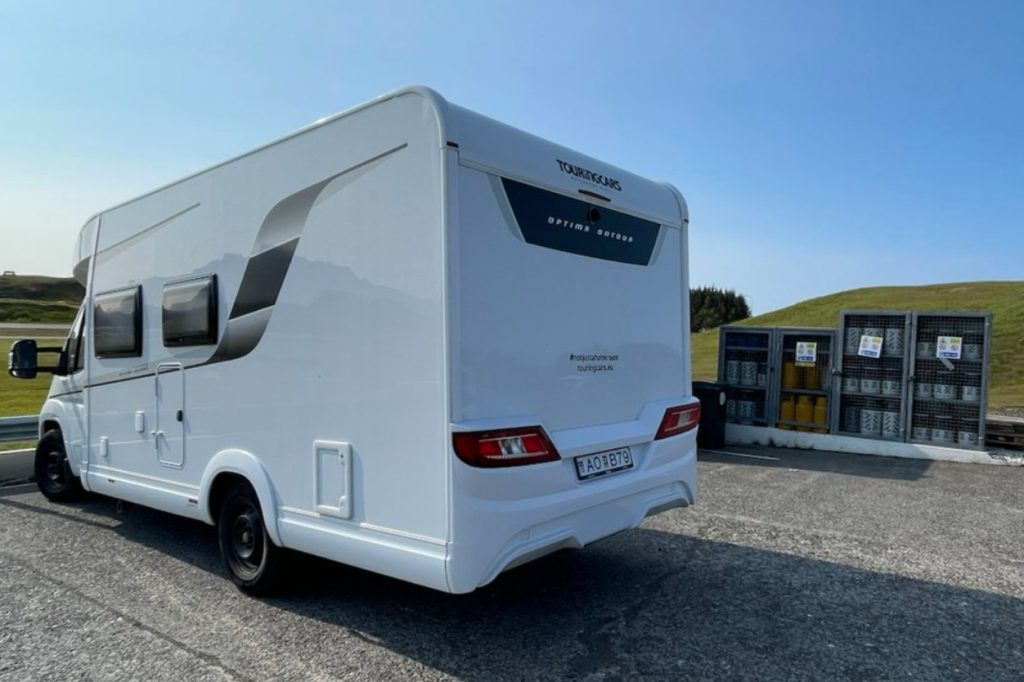
Then we continued on to Hengifoss. First we drove along the fjords, then we took a shortcut through the mountains (a gravel road and very bumpy) to Lake Lögurinn and then crossed a bridge to the other side. The route was beautiful, again so completely different from the south coast. In fact, the landscape here changes very frequently, constantly offering new impressions.
Finally, we reached the parking lot at Hengifoss, where we had to pay the usual 1,000 ISK by cell phone. The entire trip took us about 2 3/4 hours.
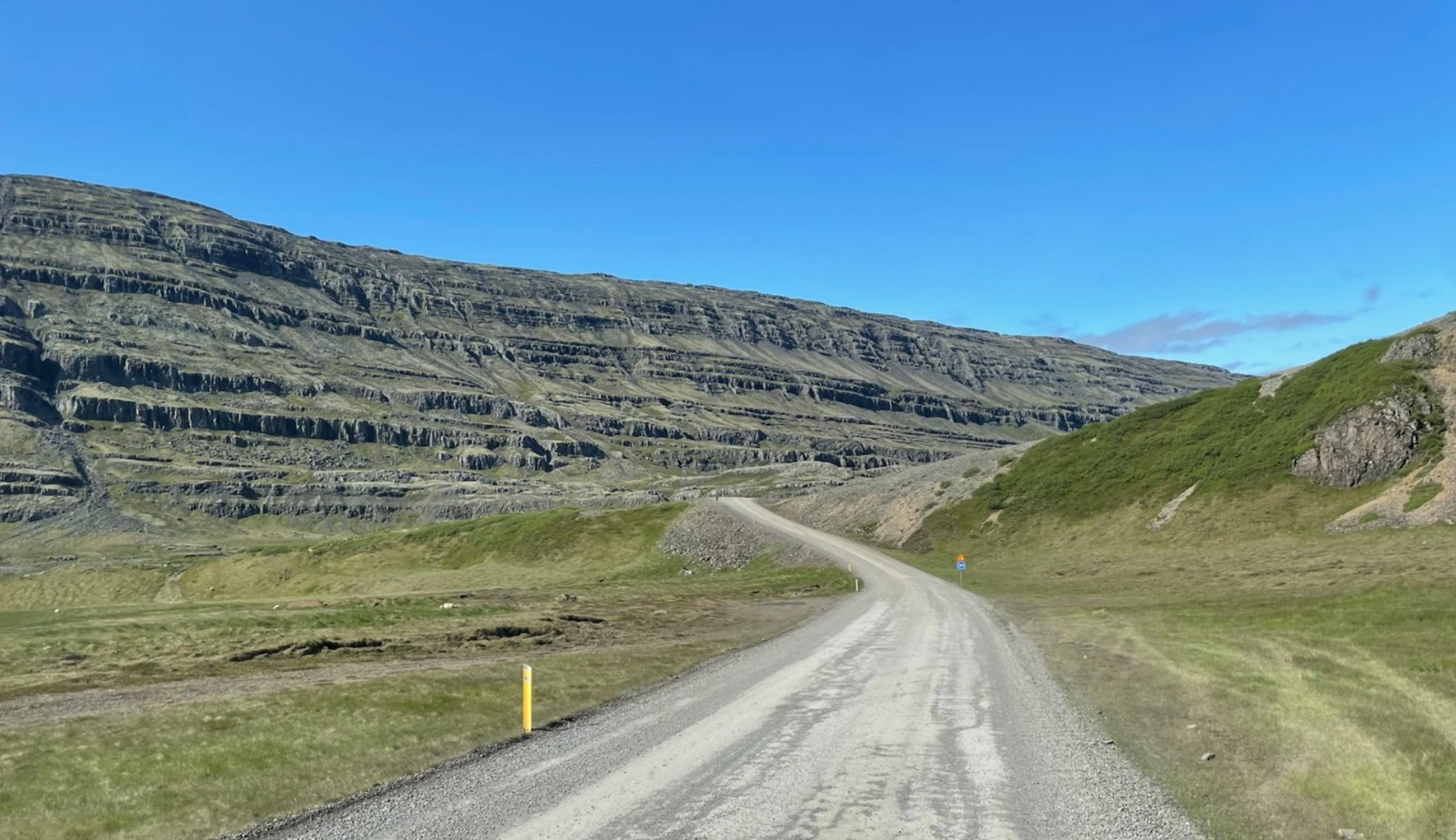
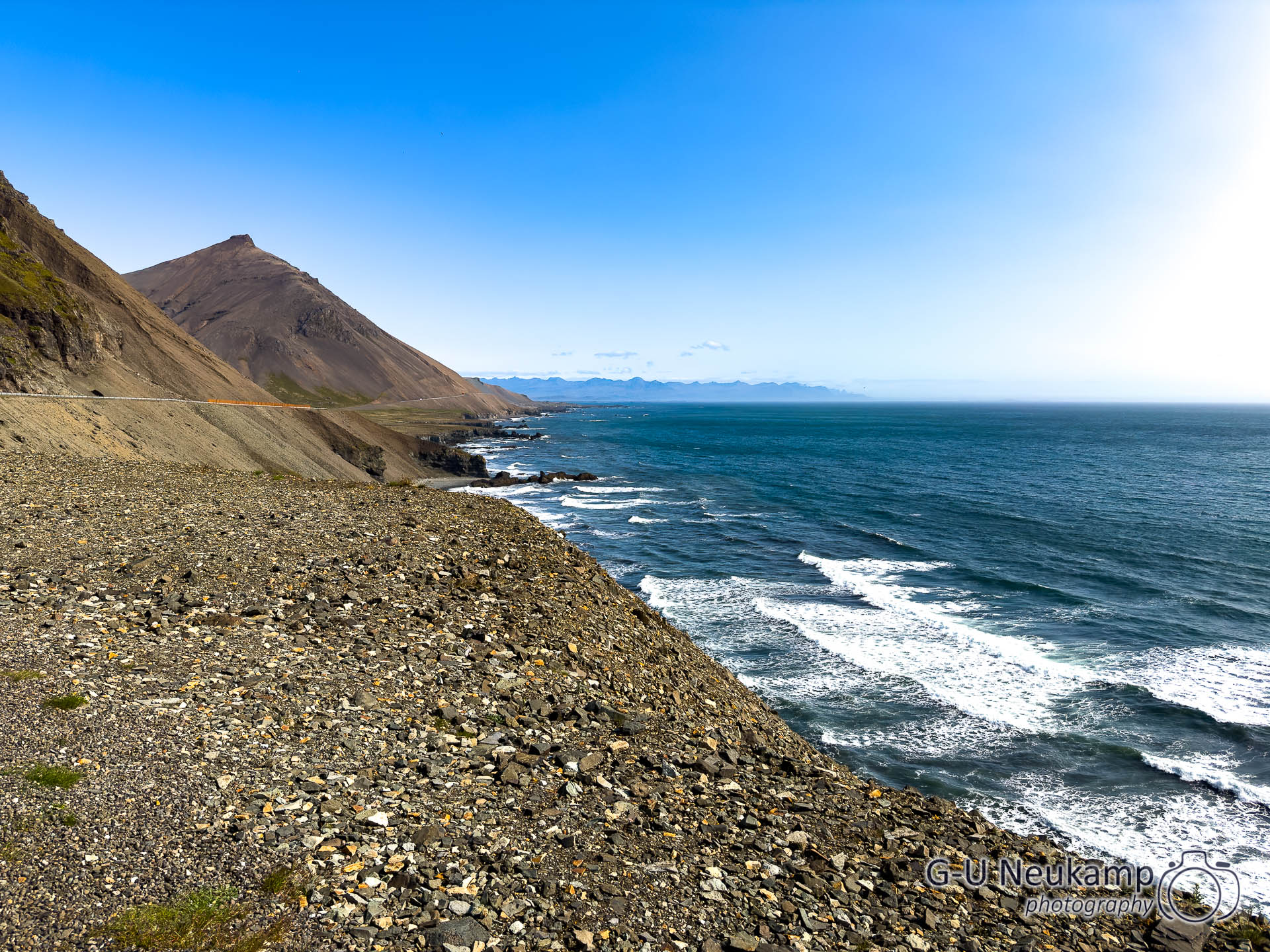
Der Fußweg zum Hengifoss führte recht steil bergauf, man kann ihn auf dem ersten Bild schon oben in der Ferne erkennen! Zuvor gab es noch einen kleineren Wasserfall, den Litlanesfoss:
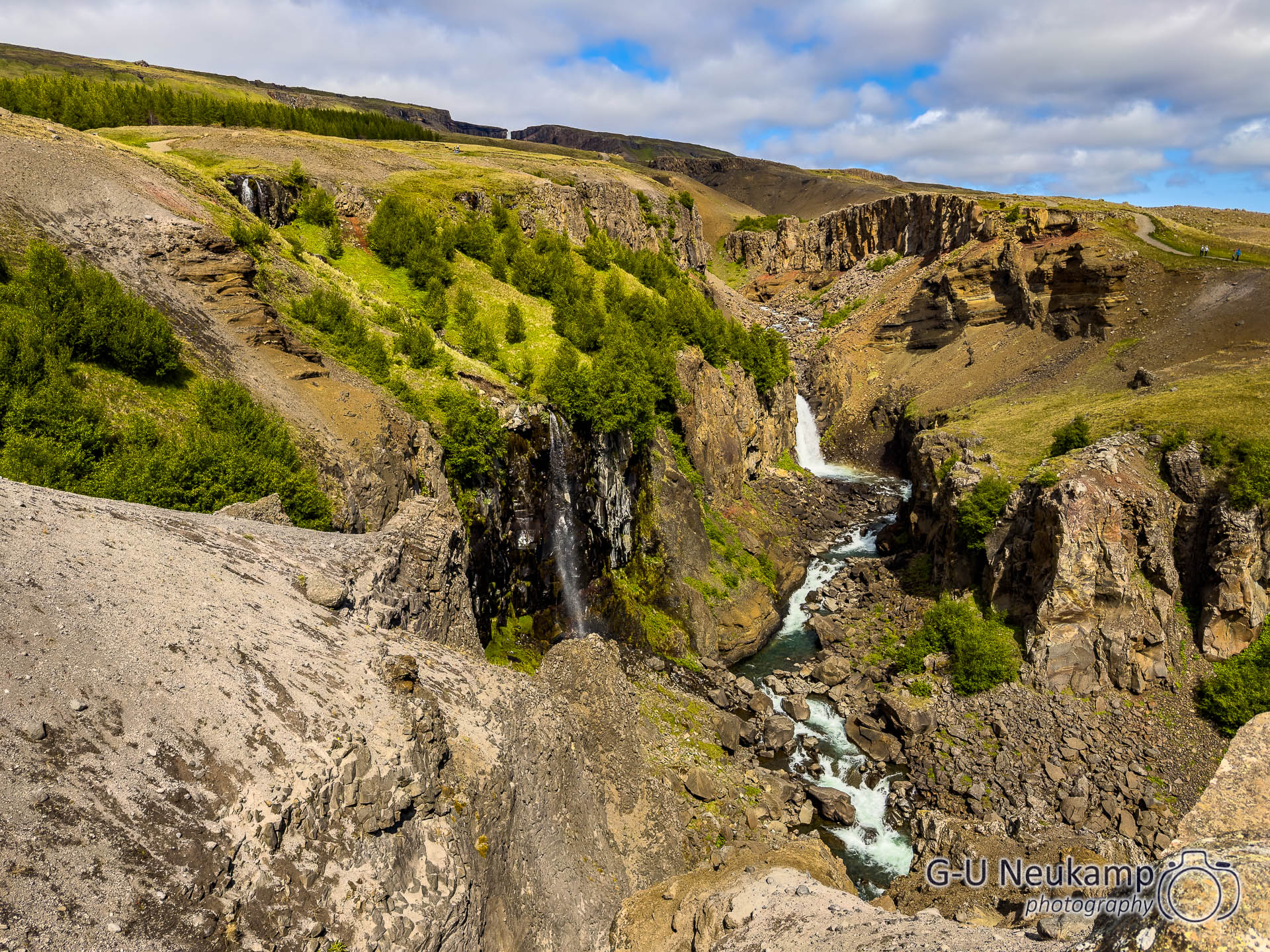
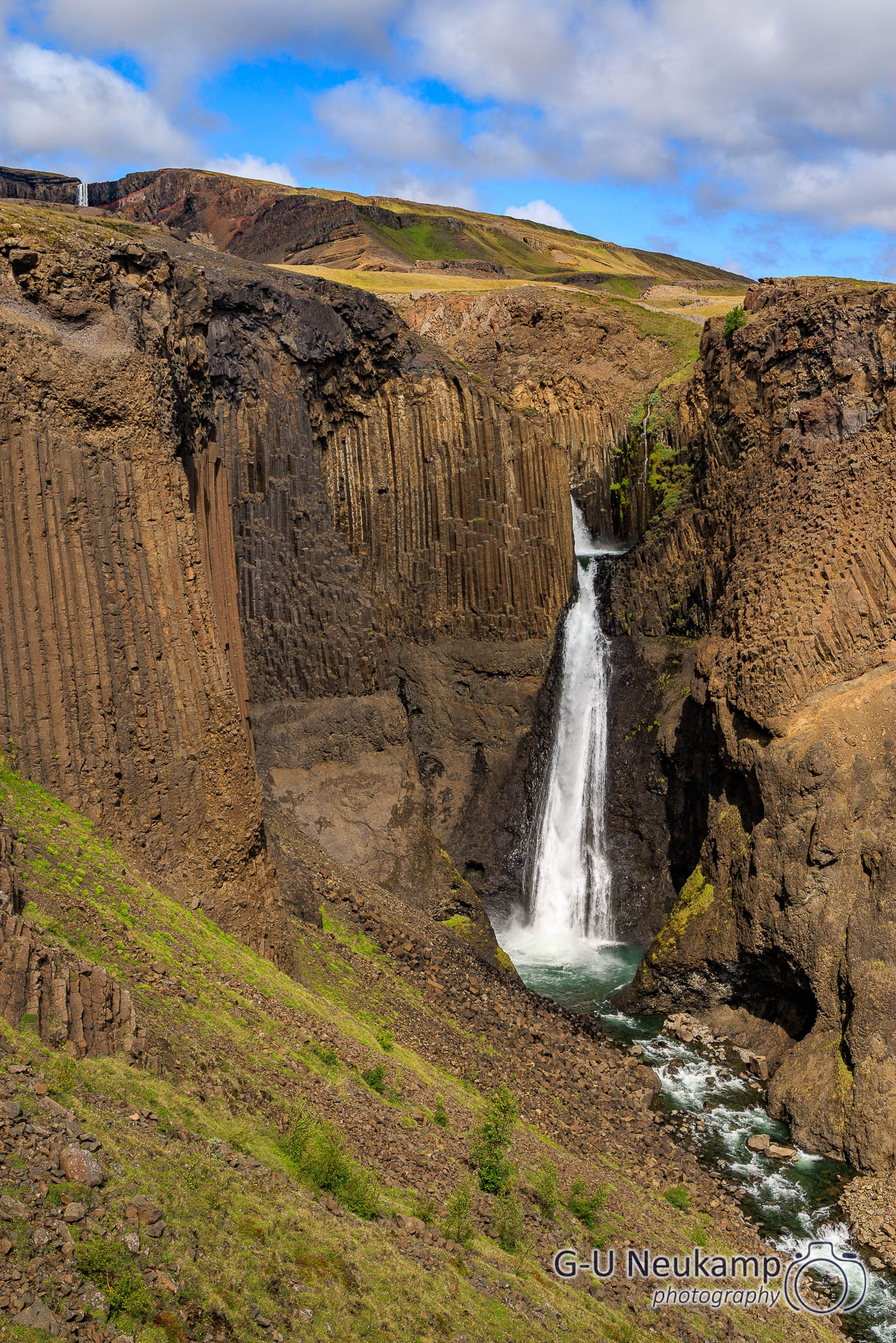
Like Litlanesfoss below, Hengifoss is fed by the Stekkalækur River, a branch of the Lagarfljót. Its water plunges from the high plateau 450 meters above sea level down into the valley. Behind the waterfall, striking red, grainy layers of clay can be seen in the lava rock. These were formed from deposited volcanic ash (tephra) and owe their characteristic color to the iron oxide they contain. It is the fourth highest waterfall in Iceland.
After climbing about 250 meters and an hour of “mountaineering,” we could finally see the Hengifoss waterfall high above us.
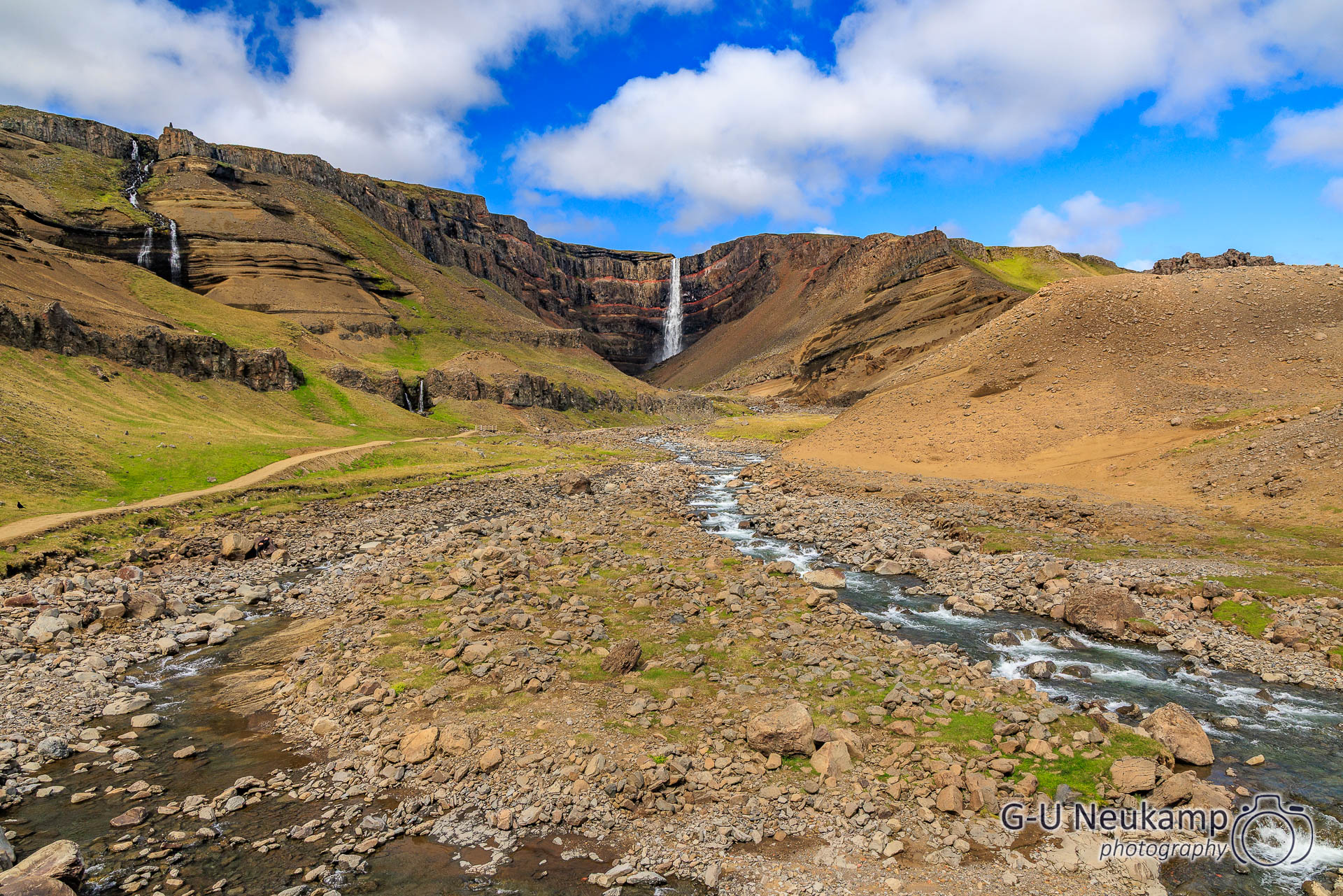
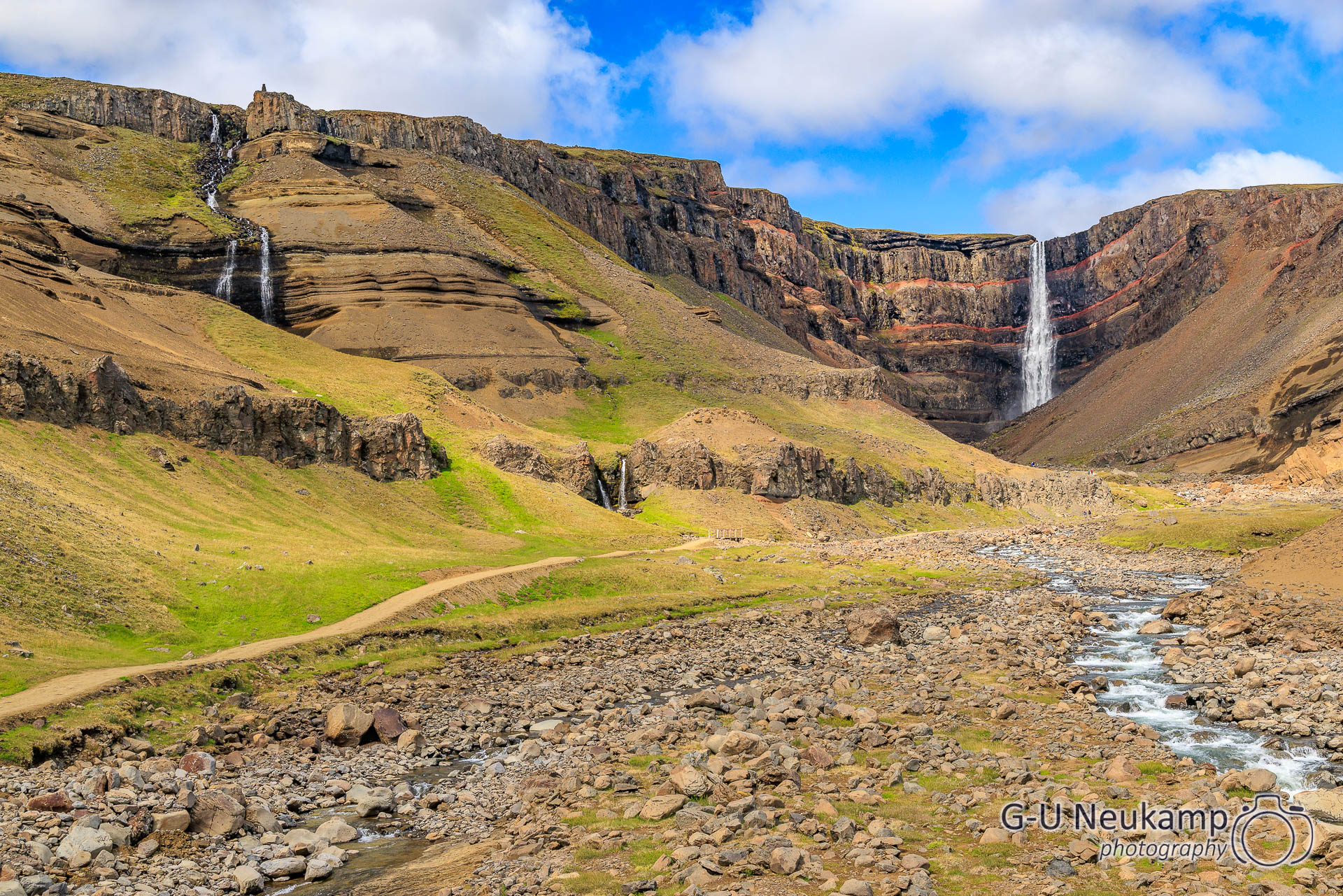
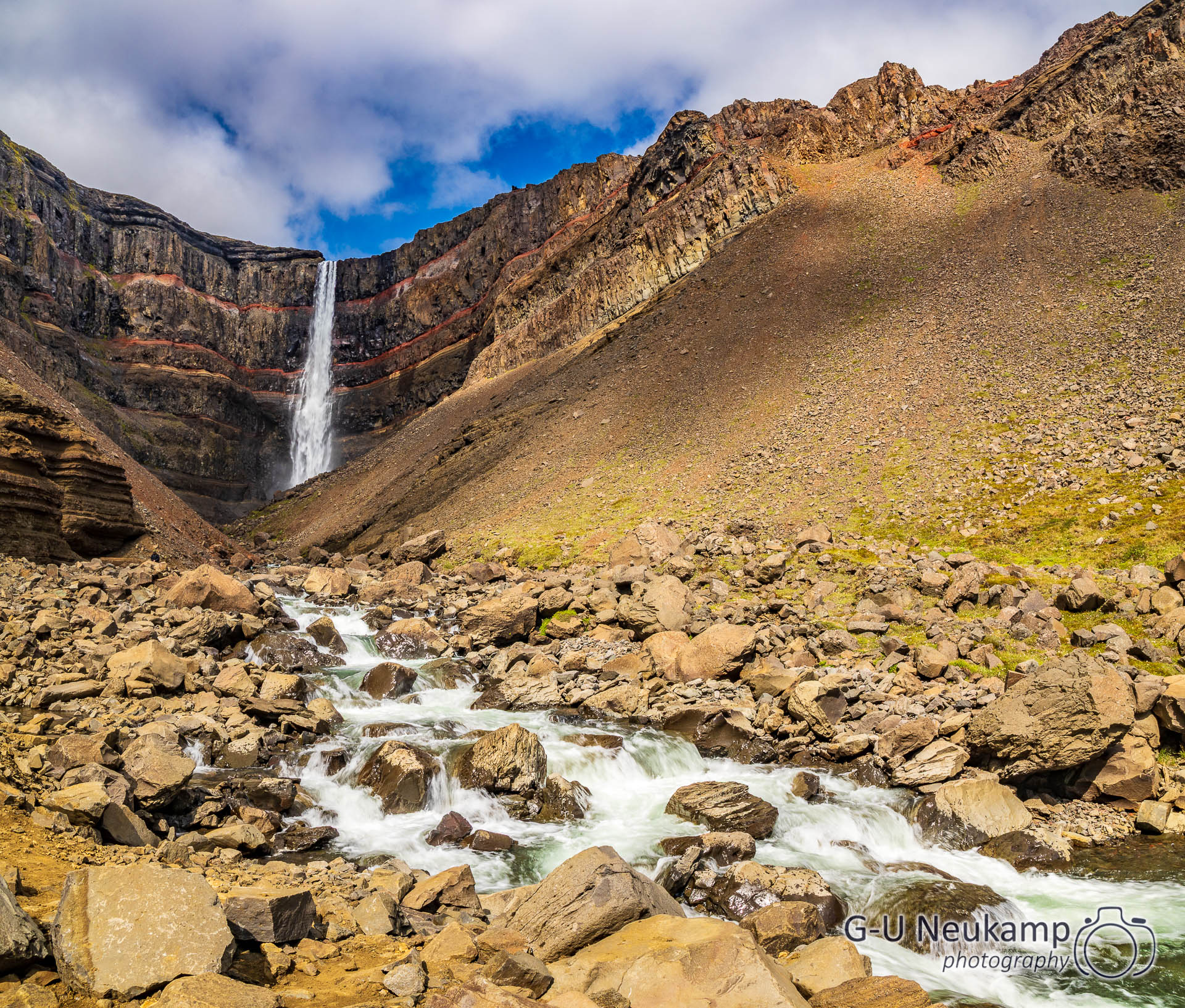
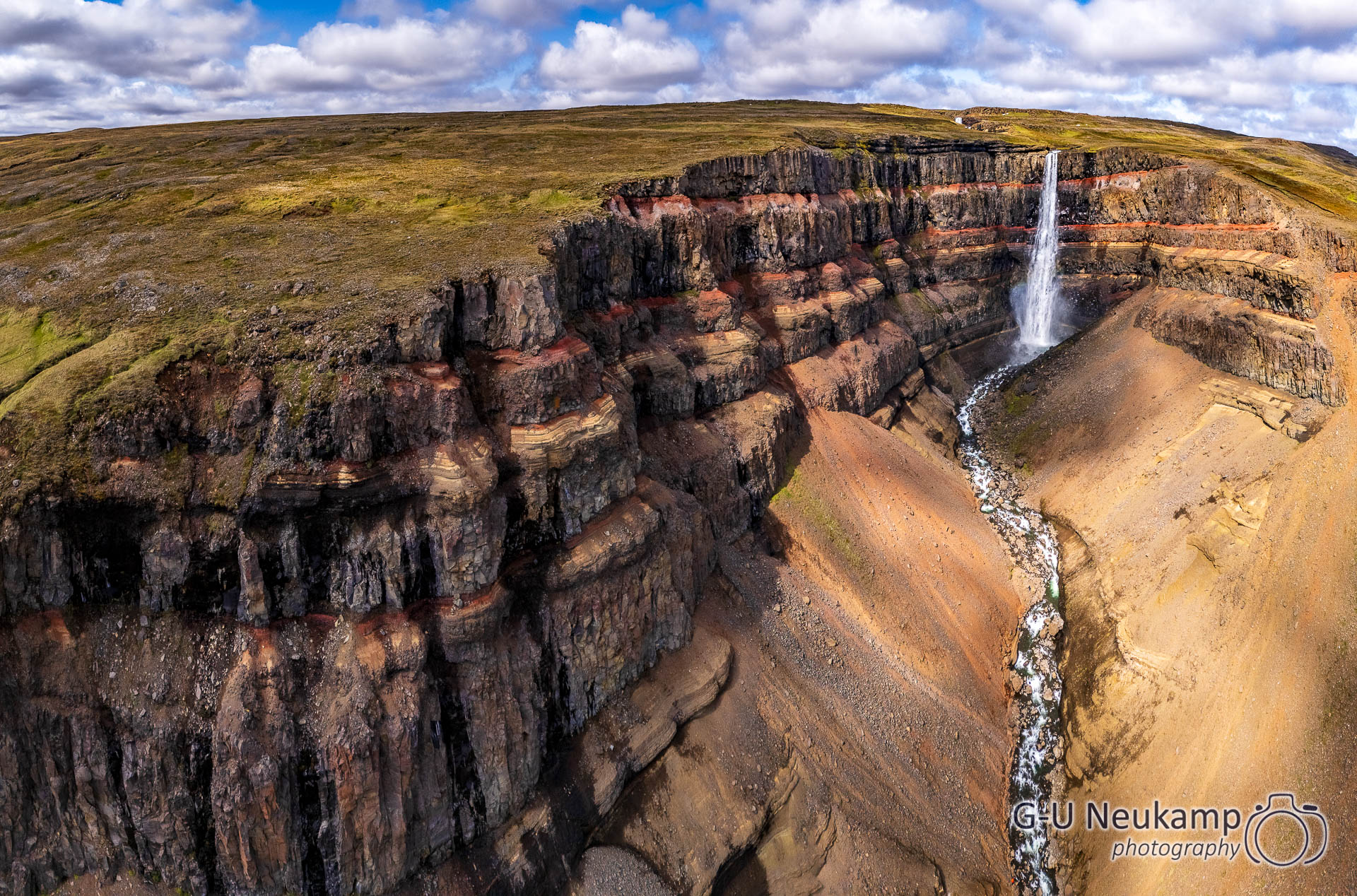
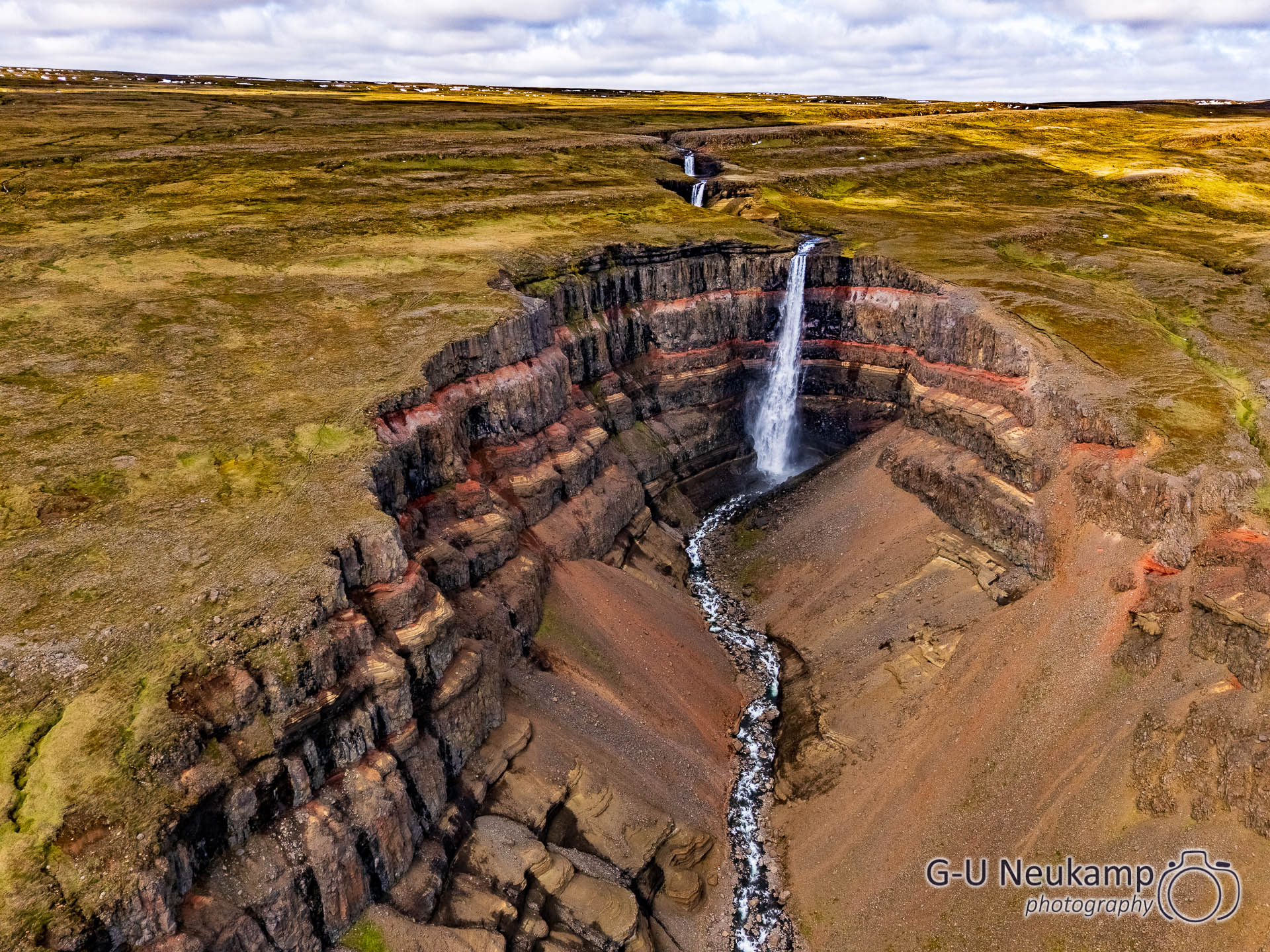
We think it looks pretty impressive. The colorful striped rock formations are particularly beautiful.
We then continued along the fjord via Egalstadir towards Borgarfjörður eystra, a fjord in the east. There is another large puffin colony. It is also said to be the home of the elf king. The drive along the fjord was beautiful, and we finally crossed a pass to the east to reach the coast. There is a campsite in the small village of Bakkagerði, but first we wanted to see the puffins again. We had already seen the elf house as we drove past, so we decided to take a look at it tomorrow before we leave.
We therefore drove on to Borgarfjarðarhöfn, about 5 km away. As we had hoped, the cliffs there were full of puffins, busily flying back and forth to feed their young with fresh fish. Here, too, the little birds were not shy at all; we were able to get very close to them and they were not disturbed by the large number of tourists. We spent a good two hours there in perfect weather, and I took almost 4,000 photos. Here is a small selection of them:
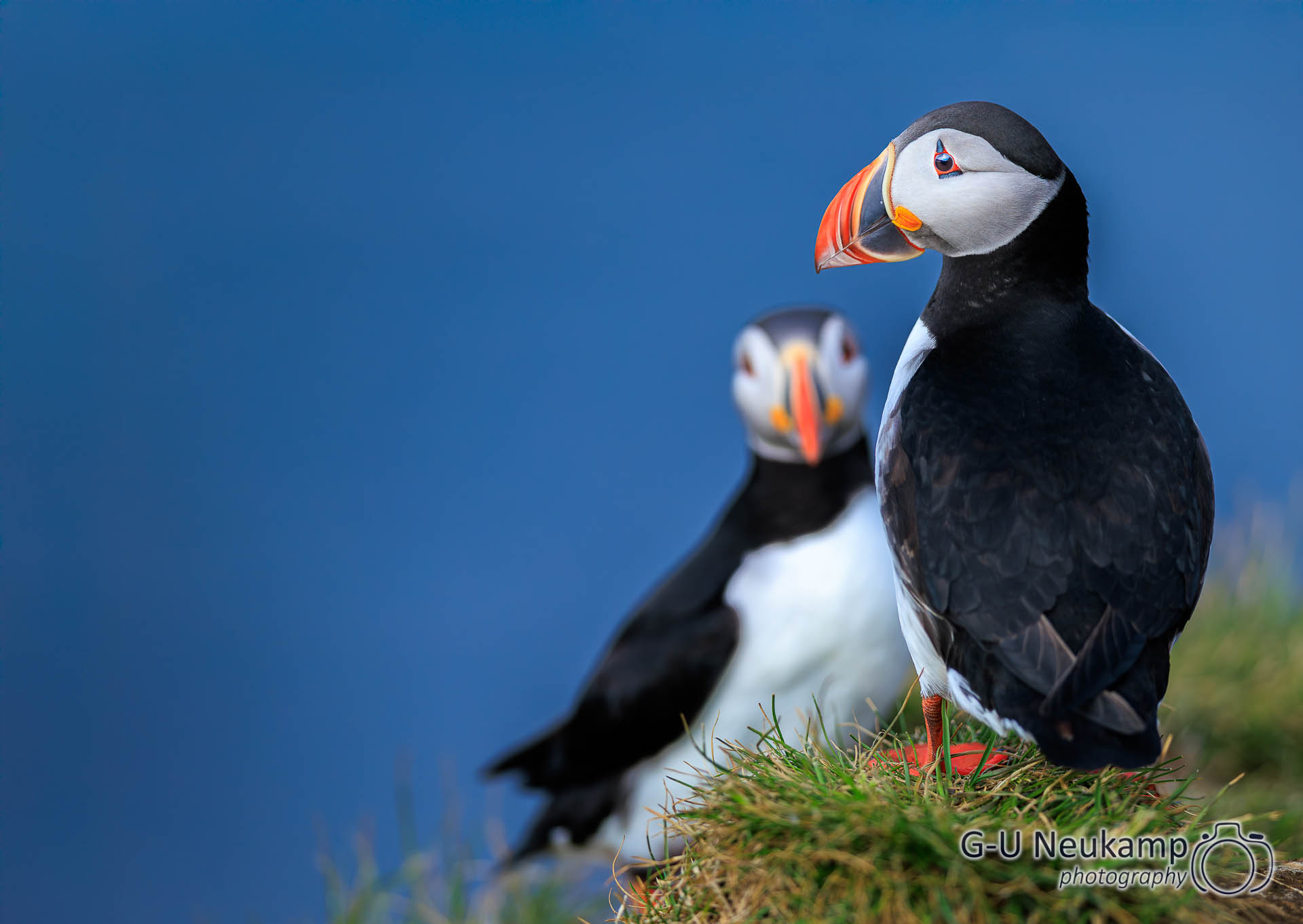
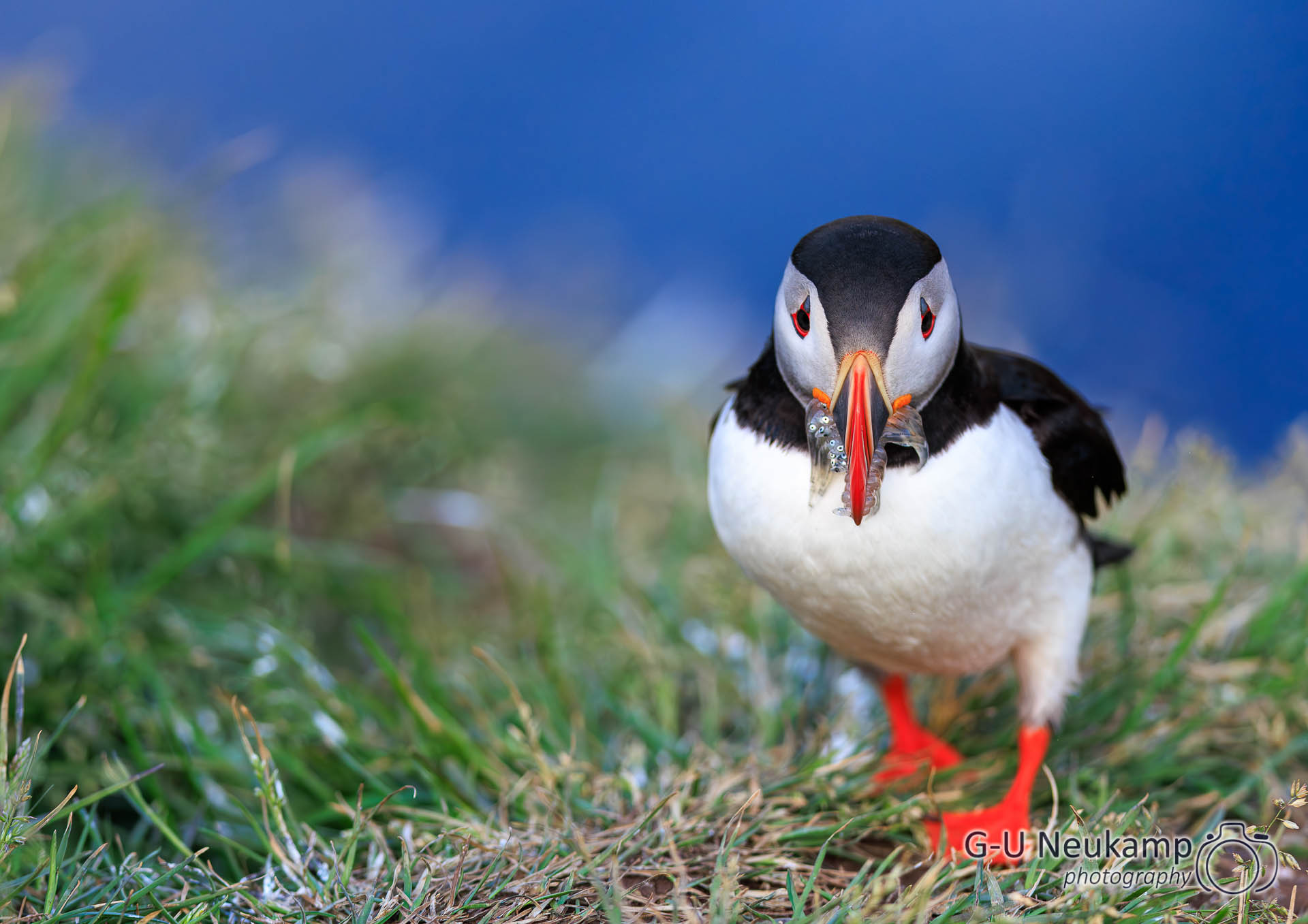

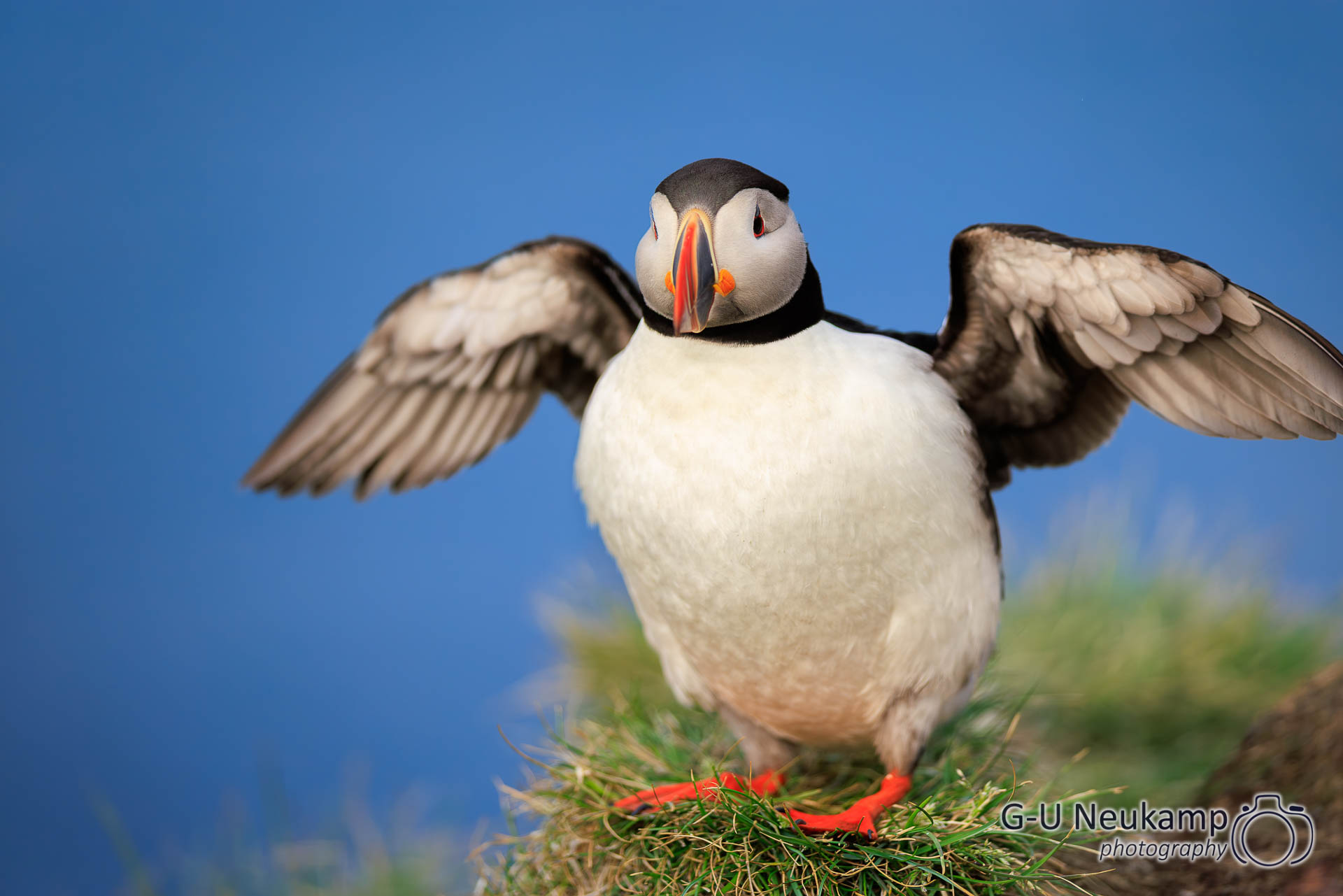
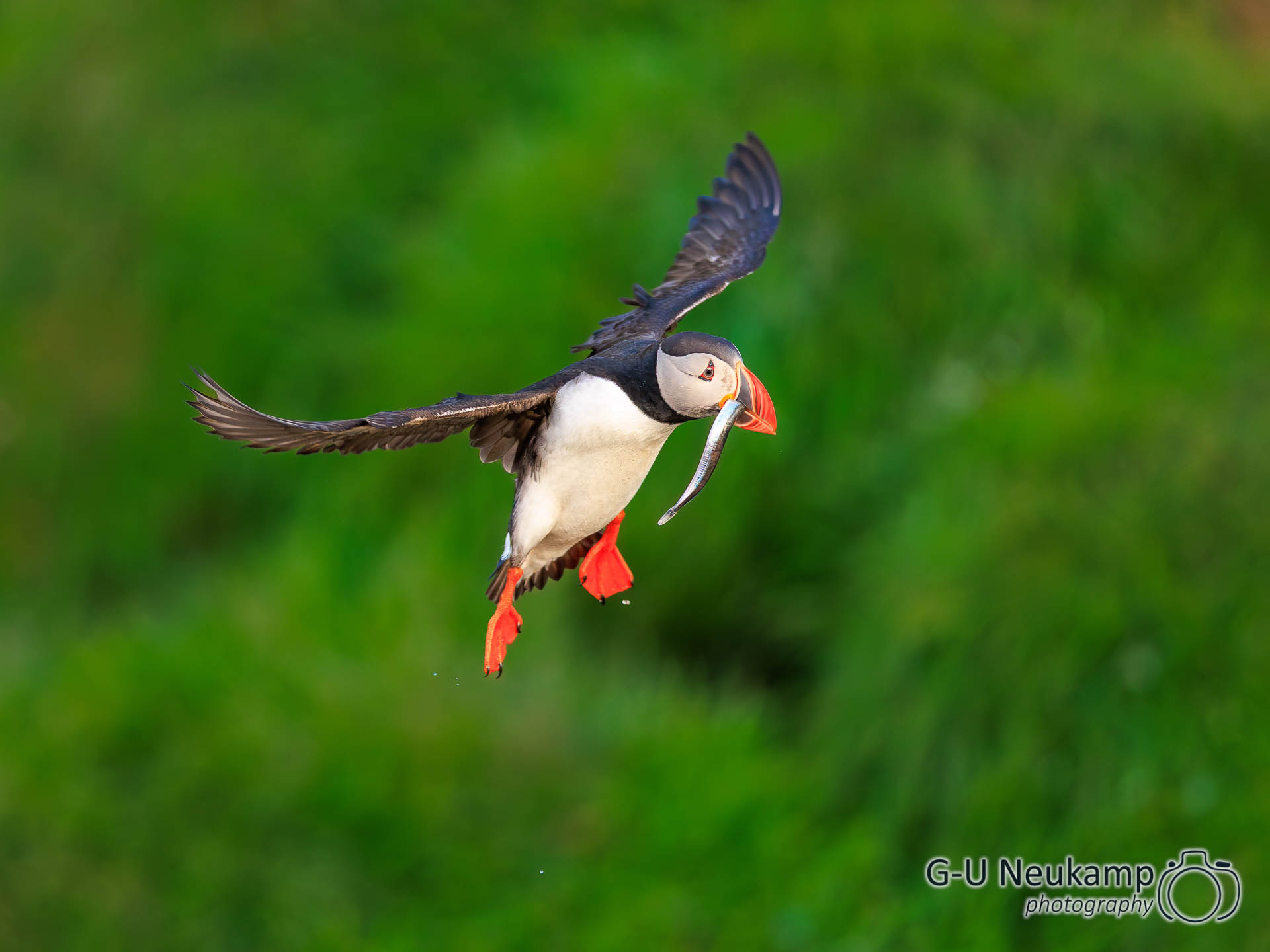
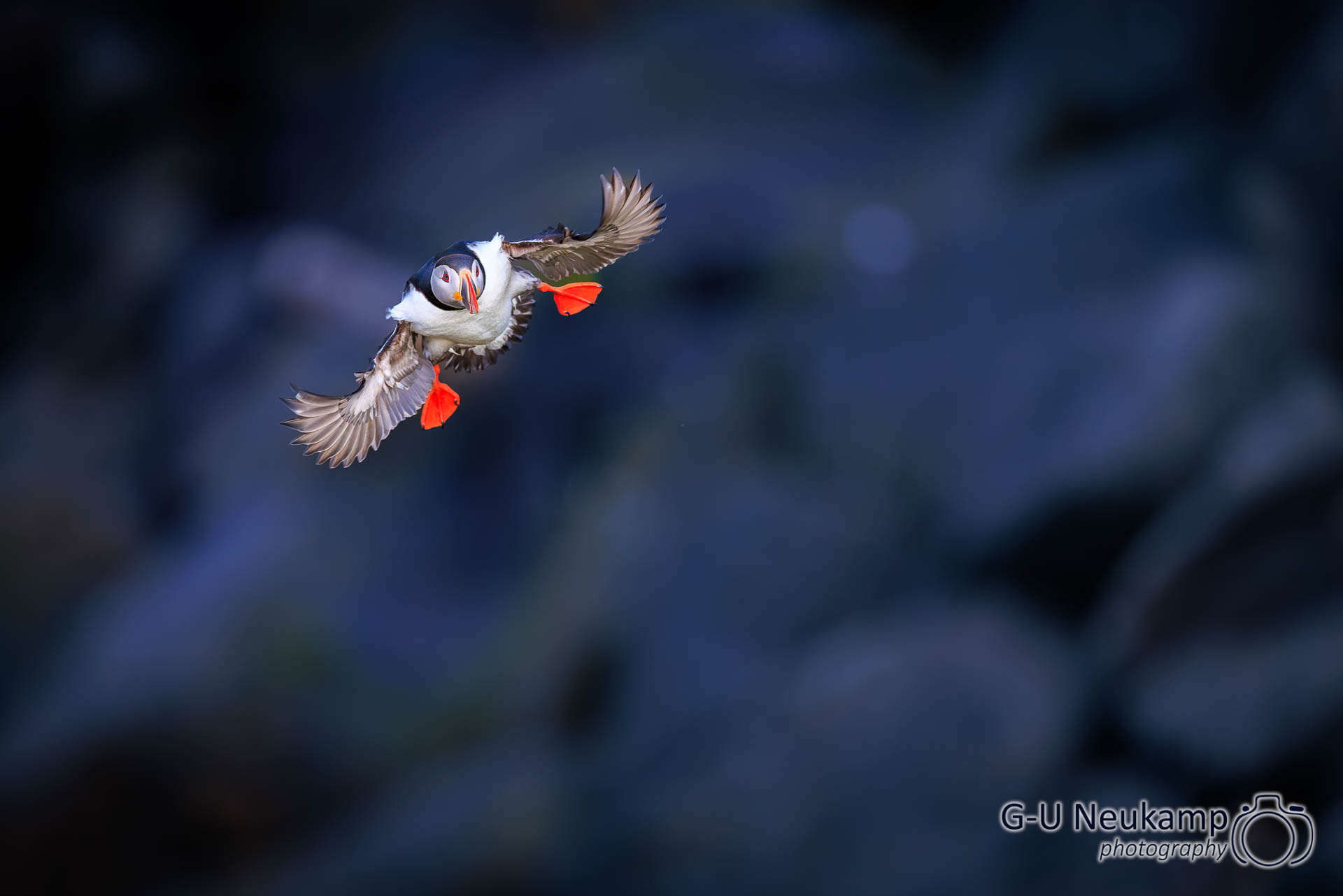
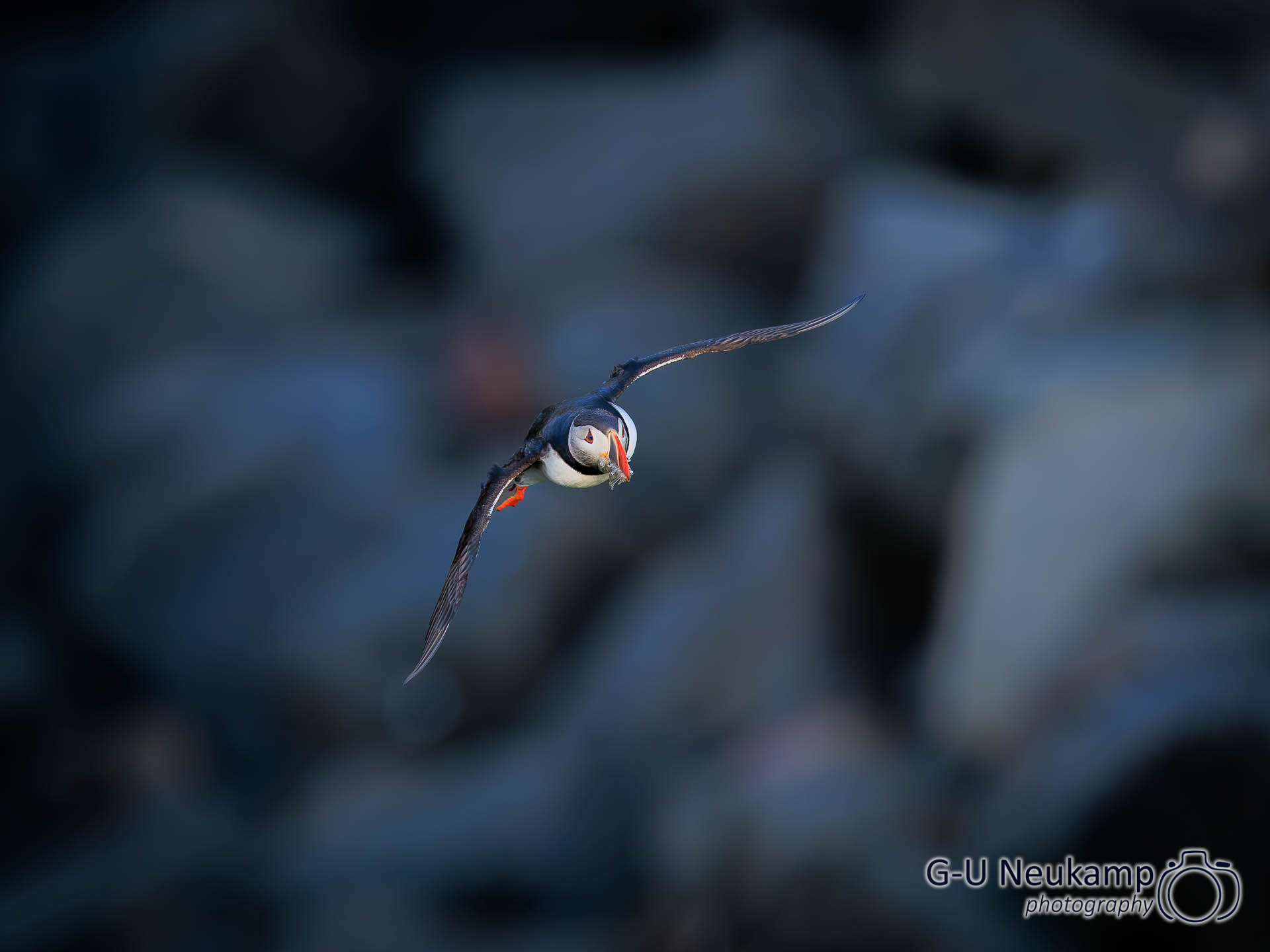
Afterwards, we drove back to the nice little campsite in Bakkagerði.
